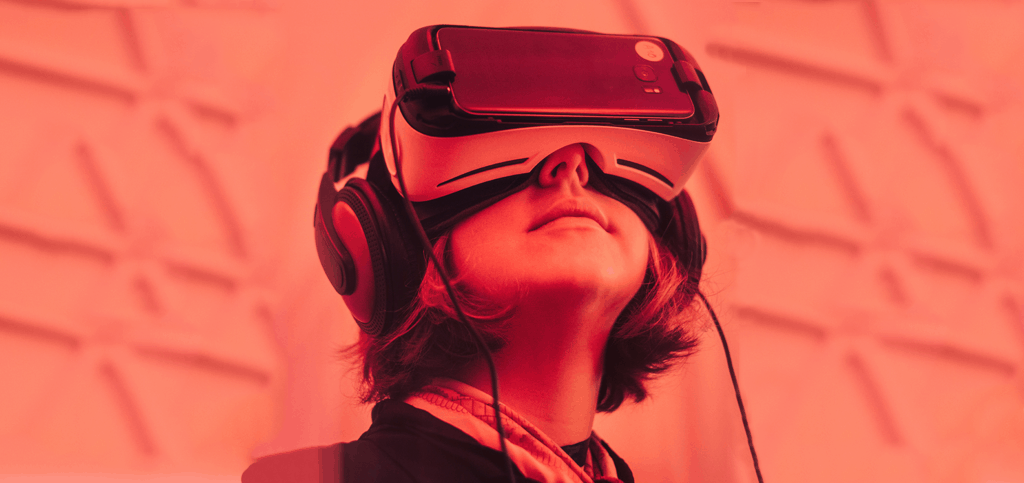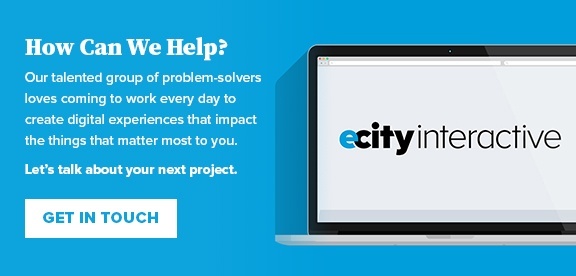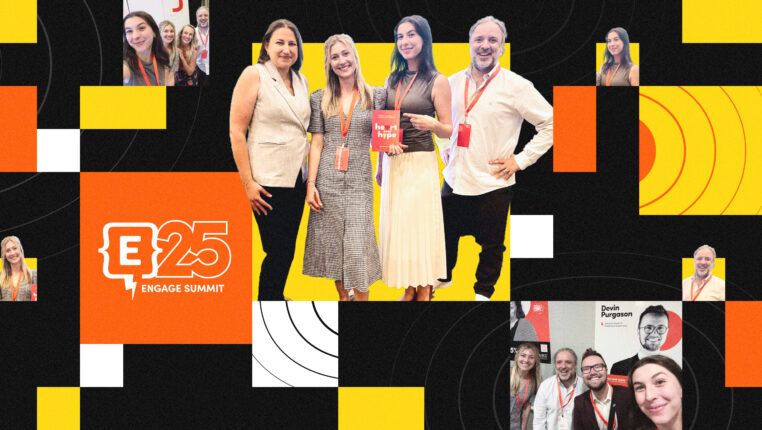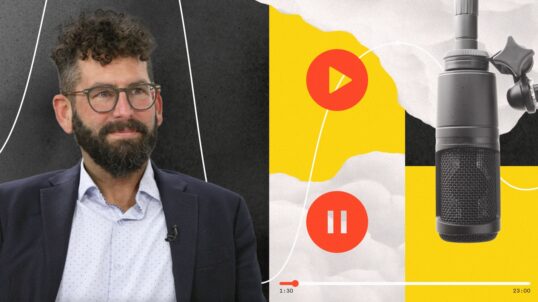Step into a new world of university and college tours. Virtual reality is here. With a virtual reality tour, you can bring your prospective students onto your campus with ease. They don’t need to purchase a plane ticket to see your campus, yet they’ll feel like they’ve gotten to know it. This feeling of ease can translate into a commitment from those out-of-town students. They may shortlist your university or decide to apply, even though they haven’t visited in person. As you develop your school tours, look at the examples of these innovative colleges and universities that are using virtual reality to draw prospective students onto their campuses.
1. Trinity University’s Virtual Reality Tour
Trinity University in San Antonio, Texas understands that students can’t always get to campus for a tour. They also know that students want to revisit the campus before they make their final decision. By inserting a smartphone into the front of Trinity’s virtual reality glasses and choosing a campus location, prospective students get a full three dimensional experience of that campus landmark, whether it’s a classroom building, common area, or dorm room. Trinity made the decision to give out the glasses at college fairs and college-related events. This allows potential students to connect with university ambassadors to ask questions, and then explore the campus with virtual reality glasses.
Related: 5 Pitfalls to Avoid when Developing a Virtual Reality Tour
2. The Savannah School of Art and Design Gives Students Tour Options
You’d expect a design school to create an impeccably-designed virtual reality tour, and you won’t be disappointed by SCAD’s beautiful tours of each of their campus locations. Without the glasses, you can embark on a guided online tour and enjoy 360 degree views. The school welcomes prospective students, sending them a set of goggles so that they can immerse themselves in campus locations in 3D as well. The combination of easily-accessible tour elements such as virtual discussions and walks on campus with 360 degree views gives students an opportunity to get a first taste of the campus, then sign up for more with a virtual reality tour.
3. The University of Hartford Use VR to Tell a Story
At the University of Hartford, virtual reality could seal the deal. Students who’ve been accepted to the business school receive a virtual reality headset that “immerses students into campus life via a customized and fully branded website with video and audio, and a Google Cardboard VR headset” according to the Hartford Business Journal. Their goal is storytelling: they want to show students what the campus looks and feels like, using pictures to enhance their story and persuade students to join the business program. This ability to illustrate your campus’s story in pictures is one of the key reasons that universities are embracing this new technology.
White Paper: How to Use Blogging to Attract Students to Your School – Download our guide and learn how to create and curate blog content for your school, create blog ideas, optimize blog posts to get found by prospective students and how to convert blog traffic into applications.
4. Regis University Sees Student Growth
At Denver’s Regis University, student recruitment has been growing by more than 3 percent a year, and they believe that this increase is due in part of the presence of virtual reality tours. According to the Hartford Business Review, Admissions Dean Kim Frisch states that virtual reality “allows us to bring our campus anywhere,” giving prospective students a taste of the Rocky Mountain geography that surrounds the campus. Students who visit the website can also engage with an interactive campus map that brings them to diverse locations on campus, including those that have more to do with campus life than academics, like athletic facilities. They recognize that both the academic and the recreational side of campus life is important to highlight as they draw students into their university.
5. Princeton University Features a Multilingual Virtual Tour
At Princeton, students around the world converge to learn. While the pictures in a virtual reality tour speak in any language, Princeton has combined these with information in English, Korean, Mandarin, and Spanish so that students visiting online from countries around the world can better understand campus features. It’s possible to take the 23-stop tour online and enjoy the views, photos, and videos from your computer, or you can enjoy an enhanced tour with virtual reality glasses combined with your phone.
6. Kent State Offers a Virtual Walking Tour
At Kent State University in Ohio, prospective students can take a virtual tour that’s seamlessly integrated with a campus map. This allows them to skip from place to place to highlight the venues that they want to see on their tour. The tour offers photos, videos, and an enhanced virtual reality experience that places students in the middle of classrooms and other facilities, allowing visitors to “walk” along a campus map. The tour also encourages students to apply or book a real life visit with application buttons right beside the virtual tour.
The Unseen Benefits of the Virtual Tour
Around the world, universities and colleges are signing up to develop virtual reality tours or incorporate other interactive elements such as 360 degree photography, guided online tours, and interactive campus maps. Virtual reality tour companies now have more than 1000 colleges and universities on the roster, and these numbers will only grow over time.
Virtual reality addresses the twin financial dilemmas of student budgets and college budgets, allowing students to visit campuses without any financial outlay and allowing universities to market themselves much more effectively to a discerning student population. Using virtual reality allows you to bring students to your campus life in a different way than a real life tour: they can see areas where classes could be in session and real dorm rooms and living areas. They can drop into campus and classroom life from afar, allowing you to use your campus culture, facilities, and geographic location to draw students into your community.
At eCity Interactive, we’re here to help you extend your reach, draw in your prospective students, and get them excited about your university experience. Learn more about how we can help you implement virtual reality.




